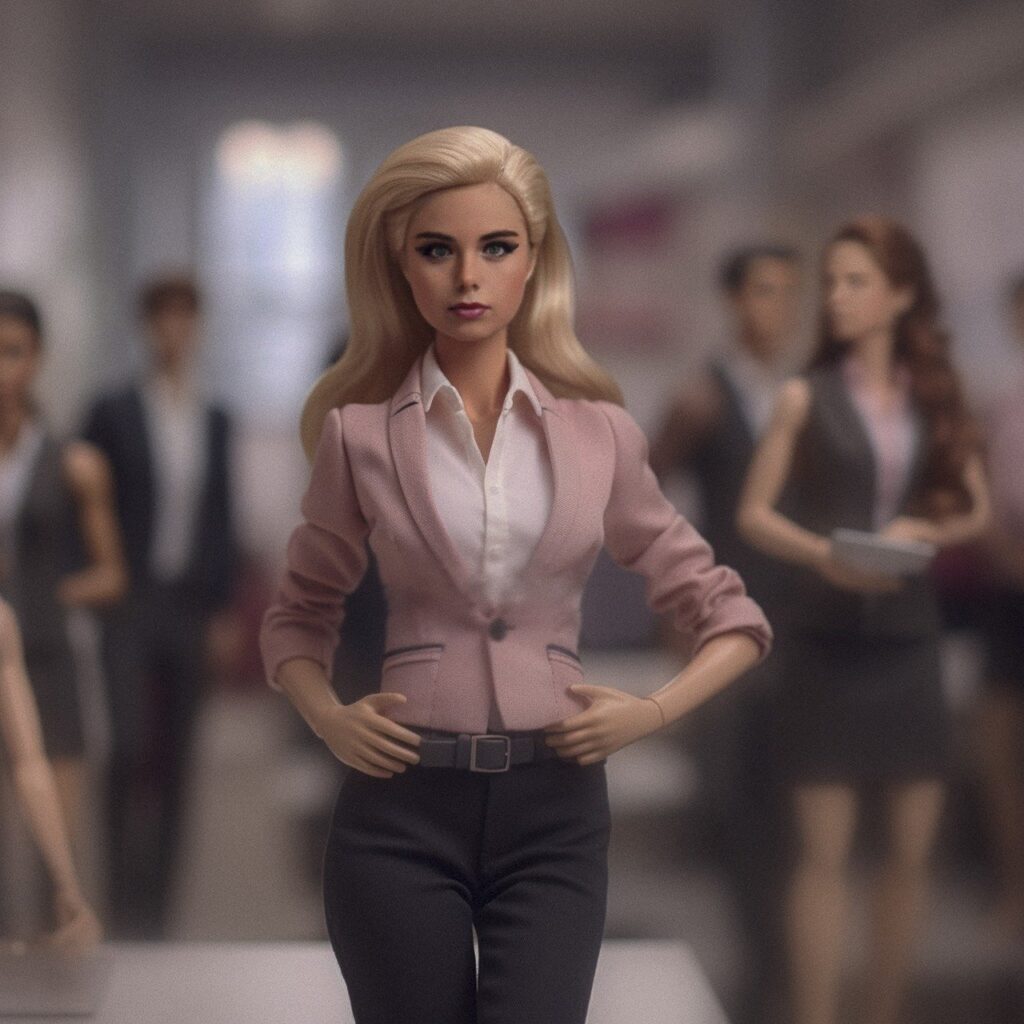In July 2023, a new sensation emerged in Hollywood, and her name is “Barbie.” The movie directed by Greta Gerwig, enraptured global audiences and is making a substantial financial impact across various industries. Achieving the remarkable milestone of surpassing $1 billion in worldwide ticket sales, “Barbie” transcends being merely a box office success; it stands as a cultural phenomenon with extensive implications.
With the film’s massive success, it becomes increasingly apparent that its influence extends far beyond the silver screen. Companies operating in the domains of fashion, entertainment, and even home decor are positioned to enjoy the benefits of “Barbie’s” victory.

In this article, we discuss the Doll that shaped generations and its impact on Pop Culture. From toy manufacturers to shoemakers and even paint suppliers, the allure of “Barbie” knows no boundaries, promising a lasting financial legacy that few could have foreseen.
How Well Do You Know Barbara Millicent Roberts, Your “Barbie” Doll?
Barbie, the iconic fashion doll introduced by Mattel in 1959, has not only been a beloved toy for generations but also a cultural phenomenon that reflects the changing values, aspirations, and ideals of society. From her inception, Barbie has not just been a plastic doll; she’s been a mirror reflecting the evolving world around her. In this blog post, we’ll take a closer look at how Barbie has left an indelible mark on pop culture and how she has both shaped and been shaped by society.
Barbie: A Timeless Trendsetter
Barbie burst onto the scene in the late 1950s when traditional gender roles were firmly entrenched. However, she was anything but traditional. With her impeccable fashion sense, numerous career choices, and an independent spirit, Barbie challenged the norms of her time. She encouraged young girls to dream big and aspire to be whatever they wanted to be, from astronauts to doctors to fashion designers.
Barbie Reflects Changing Beauty Standards
Throughout her history, Barbie has undergone various makeovers and transformations. These changes, often criticized for promoting unrealistic beauty standards, also parallel shifts in societal attitudes toward body image. Over time, Barbie has become more diverse and inclusive, representing different races, ethnicities, and body types, making her more relatable to a wider range of children.
The Evolution of Barbie’s Career
Barbie’s career choices have evolved with the times, reflecting the changing roles of women in society. From her early careers as a teenage fashion model and stewardess to her later roles as an architect, computer engineer, and even a presidential candidate, Barbie has consistently adapted to the aspirations of young girls. Her career choices have mirrored the societal progress toward gender equality and the empowerment of women.
Barbie as a Cultural Trendsetter
Barbie has often been at the forefront of pop culture trends. Her influence extends beyond toys into the worlds of fashion, music, and even art. Countless designers have created miniature couture for her, and artists have used her as a canvas for creativity. Barbie’s collaborations with celebrities and designers have kept her relevant and ever-adapting to the changing tastes of each generation.
The Impact on Generations
For those who grew up with Barbie, she’s more than just a doll; she’s a cherished part of their childhood. She has not only provided endless hours of imaginative play but also imparted valuable life lessons about ambition, self-expression, and resilience. Many adults today credit Barbie with inspiring their career choices and igniting their imaginations.
A Cultural Legacy
Barbie’s enduring legacy lies not only in her status as a timeless toy but also in her ability to remain relevant and influential across generations. As she continues to evolve and adapt to the ever-changing world, Barbie reminds us that cultural icons have the power to reflect the past, influence the present, and inspire the future. She’s not just a doll; she’s a symbol of the limitless possibilities that exist for every generation, shaping the way we play, dream, and think about the world around us. Barbie is more than just plastic; she’s a cultural force that has left an indelible mark on pop culture and our collective consciousness.
